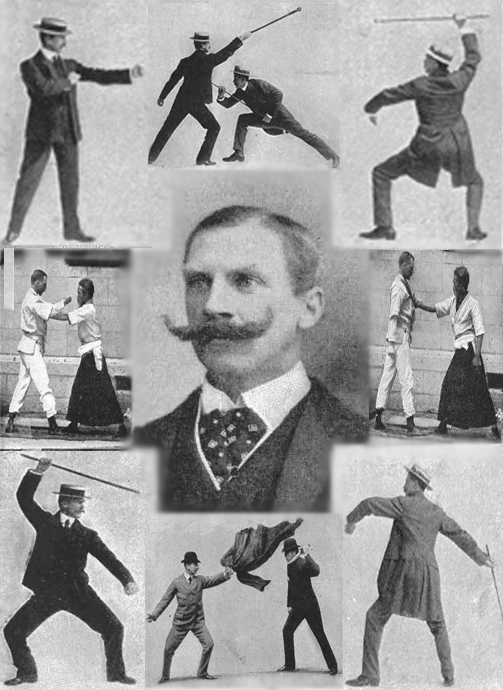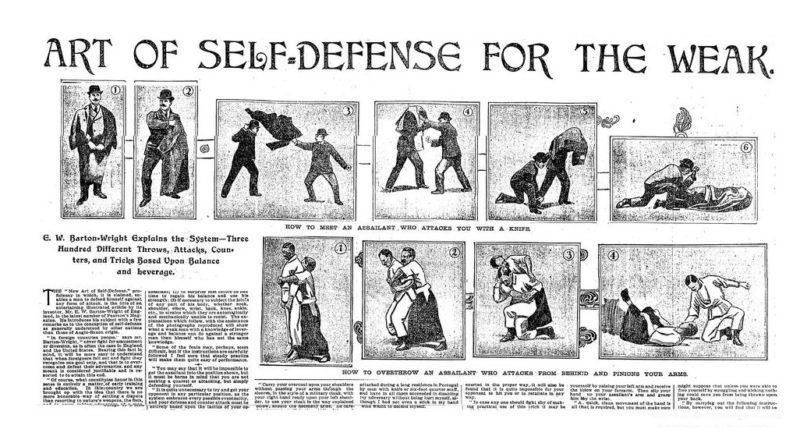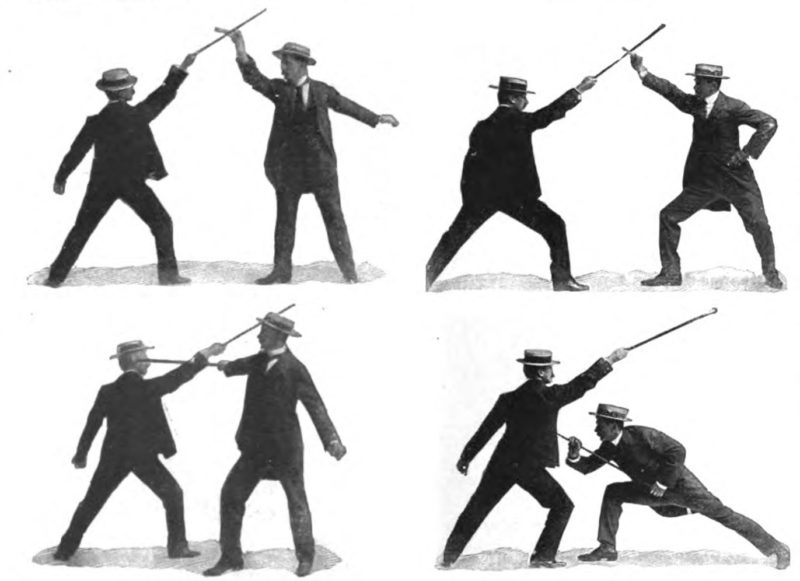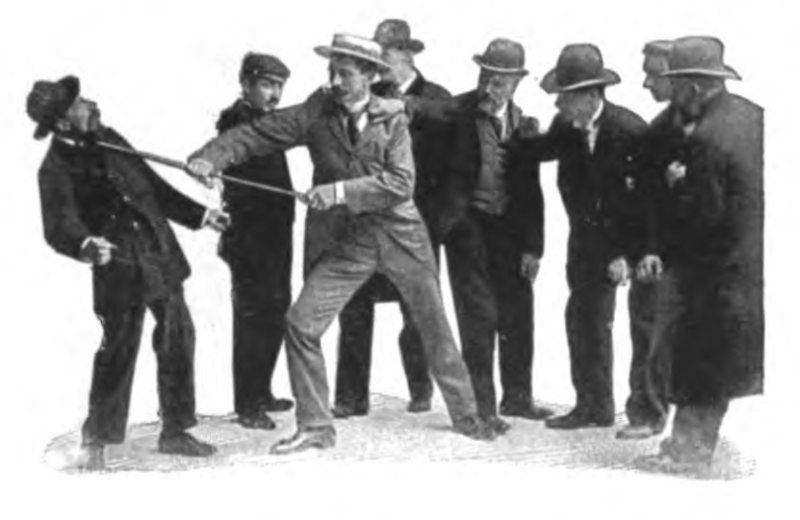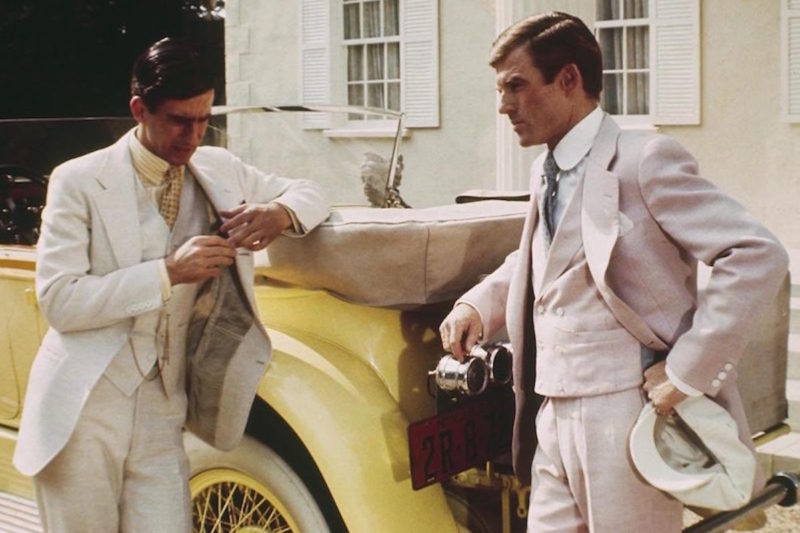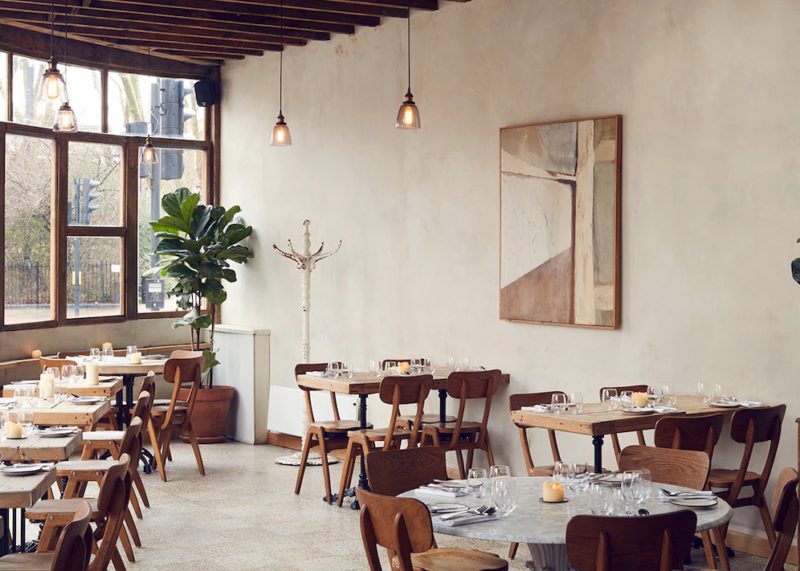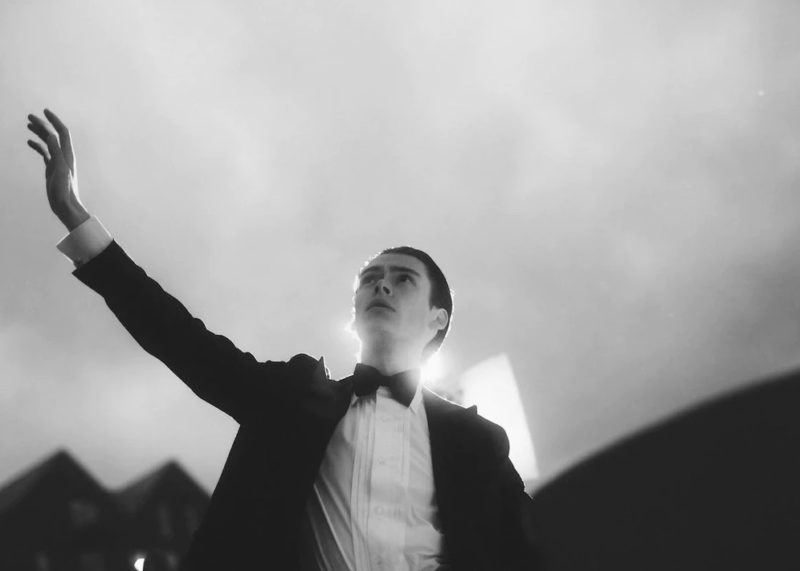Bartitsu: The Gentlemanly Art of Self-Defence
March 2023
text andi brooks
“I have introduced a new style of self-defence, which can be very terrible in the hands of a quick and confident exponent.” – E.W. Barton-Wright (1899)
Turn of the century London was a bustling metropolis. The largest city in the world, it was the heart of global finance and trade, and a centre of science, the arts, and culture. But beneath the city’s glittering facade lay a much darker underworld of poverty and crime. Gangs of brazen criminals prowled the capital’s increasingly dangerous streets in search of victims. One wrong step and a gentleman could find himself being waylaid and violently relieved of his valuables.
To the rescue came the English engineer Edward William Barton-Wright. Born in India in 1860 and educated in France and Germany, he developed a lifelong interest in the arts of self-defence. His work took him across the globe, allowing him to study different fighting systems wherever he went. In 1885, he travelled to Japan to take up a position with the E. H. Hunter Company in Kobe. During his three years in the country, he became the first European to study Shinden Fudo Ryū jujutsu under Terajima Kuniichiro in Kobe and Kodokan judo in Tokyo under its founder Kano Jigoro.
When he returned to England in 1898, he become the first jujutsu teacher in Europe. Combining the skills which he had learned in Japan with his knowledge of boxing, wrestling, fencing, savate, cane fighting and the use of the stiletto, all of which he claimed to have mastered in actual street fighting, he formulated a self defence system tailored for use against a wide range of attackers in an urban environment. The world’s first mixed martial art, he dubbed his system Bartitsu, a portmanteau word combining his own name and jujutsu.
Barton-Wright devised Bartitsu “with a view to impart to peacefully disposed men the science of defending themselves against ruffians or bullies.” When he opened the Bartitsu Academy of Arms and Physical Culture in Shaftesbury Avenue in London, training was also provided for ladies, some of whom used the Bartitsu skills they learned in the often-violent campaign for women’s suffrage. Known as the Bartitsu Club, the academy was described by journalist Mary Nugent as “a huge subterranean hall, all glittering, white-tiled walls, and electric light, with ‘champions’ prowling around it like tigers.”
“It can be considered a class of self-defence designed to meet every possible kind of attack, whether armed or otherwise.”– E.W. Barton-Wright (1899)
The prowling ‘champions’ included internationally recruited instructors such as Jujutsu masters Sadakazu Uyenishi and Yukio Tani, savate and walking-stick fighting expert Pierre Vigny and traditional Swiss wrestler Armand Cherpillod. The introduction of Bartitsu came at a time when people had grown extremely alarmed at the increasing lawlessness reported on the streets of London and other cities across the UK and Europe in lurid detail by the press. Upon joining the Bartitsu Club, members were subjected to rigorous individual training in the individual disciplines before being allowed to join group classes as Bartitsu used the different styles of self-defence in combination to provide protection in any situation encountered at home or while abroad.
Although Bartitsu sparked great interest through public demonstrations across the country, its popularity proved to be short-lived. The high membership and training fees made it prohibitively expensive for all but the wealthiest. Unable to recruit enough members to sustain it, the Bartitsu Club closed in 1902. While the instructors set up their own schools to teach their individual specialities, Bartitsu faded away and was forgotten. Barton-Wright spent the rest of his life as a physical therapist specializing in the use of ultra-violet, electrical and heat treatments. When he died at the age of 90 in 1951, he had fallen on such hard times that he was buried in an unmarked “pauper’s grave”.
Bartitsu and Edward William Barton-Wright were saved from obscurity thanks to the great fictional detective Sherlock Holmes. In the 1903 story The Adventure of the Empty House, Holmes explained to his companion Dr. Watson that he had defeated his archnemesis Professor Moriarty through his knowledge of Bartitsu, although author Arthur Conan Doyle mispelt it “baritsu”. This brief but intriguing mention of Bartitsu would eventually lead to it and Barton-Wright being rediscovered. In 2002, The Bartitsu Society was formed to research and revive the lost art of self-defence. Bartitsu is now taught and practiced by enthusiasts across the globe, and the legacy of Barton-Wright, a most remarkable man who was ahead of his time, is now secure.
